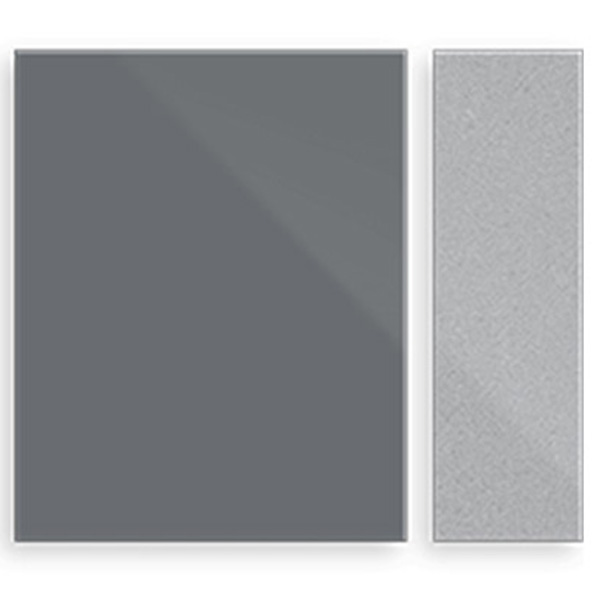
Nov . 24, 2024 00:31 Back to list
ceramic deep groove ball bearings
The Evolution and Advantages of Ceramic Deep Groove Ball Bearings
In the realm of engineering and mechanical design, bearings play a pivotal role in ensuring smooth and efficient operation of machinery. Among the various types of bearings available, ceramic deep groove ball bearings have emerged as a revolutionary alternative to traditional steel bearings. This article delves into the evolution, advantages, and applications of ceramic deep groove ball bearings.
Understanding Deep Groove Ball Bearings
Deep groove ball bearings are one of the most widely used types of bearings in various industries. They consist of an inner ring, an outer ring, a cage, and a set of balls that are arranged in a way that allows for both radial and axial loads. The design of these bearings enables them to operate at high speeds while minimizing friction, making them a popular choice for applications ranging from electric motors to automotive components.
The Shift to Ceramic Materials
While traditional bearings are predominantly made of steel, the introduction of ceramic materials, particularly silicon nitride (Si3N4), has transformed the industry. Ceramic materials offer several inherent advantages over steel, prompting engineers and designers to explore their applications in deep groove ball bearings.
One of the primary advantages of ceramic materials is their reduced density. Ceramic deep groove ball bearings are significantly lighter than their steel counterparts, which makes them ideal for applications where weight reduction is critical. For instance, in aerospace or automotive applications, lowering the weight of components can lead to improved fuel efficiency and better overall performance.
Advantages of Ceramic Deep Groove Ball Bearings
1. Enhanced Wear Resistance Ceramic materials possess superior wear resistance compared to steel. This characteristic extends the lifespan of bearings, making them suitable for applications subjected to harsh operating conditions, such as high temperatures and corrosive environments.
2. Lower Friction Coefficient The smooth surface of ceramic materials results in a lower friction coefficient compared to steel. This property not only improves the efficiency of the bearing but also reduces the amount of heat generated during operation. Consequently, this can lead to longer service intervals and reduced maintenance costs.
ceramic deep groove ball bearings

3. Corrosion Resistance Ceramic bearings are inherently resistant to corrosion and oxidation. This makes them an ideal choice for applications in chemically aggressive environments where steel bearings would typically degrade over time.
4. High-Speed Performance With their lightweight characteristics and low friction, ceramic deep groove ball bearings can effectively operate at higher speeds than traditional bearings. This attribute is particularly beneficial in applications such as electric motors and high-speed spindles.
5. Thermal Stability Ceramic materials can withstand a wide temperature range without losing their structural integrity. This thermal stability makes them suitable for environments that experience fluctuating temperatures or elevated heat levels.
Applications of Ceramic Deep Groove Ball Bearings
Ceramic deep groove ball bearings are gaining traction across various industries due to their superior performance characteristics. Some notable applications include
- Aerospace In the aerospace industry, weight reduction and reliability are paramount. Ceramic bearings are increasingly used in aircraft engines and other critical components. - Automotive Modern vehicles are equipped with high-performance engines and drivetrains. Ceramic bearings help enhance fuel efficiency and reduce emissions while improving overall performance.
- Medical Equipment In the medical field, precision and reliability are critical. Ceramic bearings are utilized in various medical devices, including imaging equipment and surgical instruments, due to their biocompatibility and durability.
- Electronics The electronics industry, which demands compact and efficient components, has adopted ceramic bearings in hard drives, fans, and other devices to improve performance and longevity.
Conclusion
The evolution of ceramic deep groove ball bearings marks a significant advancement in bearing technology. With their unique properties and advantages, these bearings provide efficient solutions for a variety of demanding applications. As industries continue to pursue greater performance, lower weight, and enhanced durability, the use of ceramic bearings is likely to expand further, paving the way for innovative designs and improved operational efficiencies. By integrating ceramic deep groove ball bearings, engineers can not only achieve superior performance but also develop more sustainable and efficient machinery for the future.
Latest news
-
Premium Deep Groove Ball Bearings | High Speed & Reliability
NewsAug.29,2025
-
Durable Scaffolding Clamps - Secure & Reliable Tube Connectors
NewsAug.28,2025
-
Common Failures in Thrust Ball Bearings and Solutions
NewsAug.22,2025
-
How Tapered Roller Bearings Can Take Shock Loads
NewsAug.22,2025
-
Angular Bearings in High-Precision Spindles
NewsAug.22,2025
-
The Impact of Misalignment on Cylindrical Roller Bearing Performance
NewsAug.22,2025
